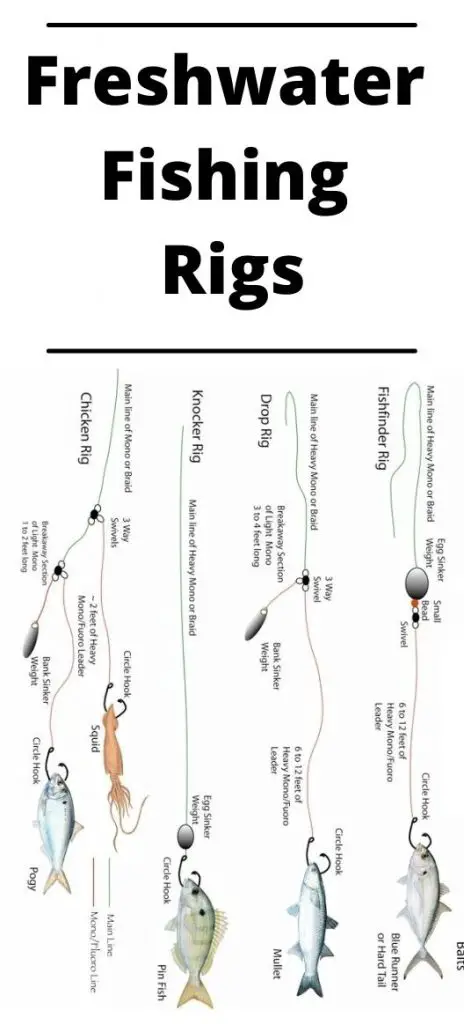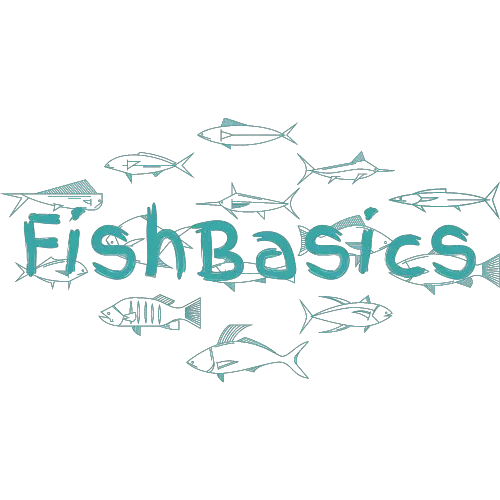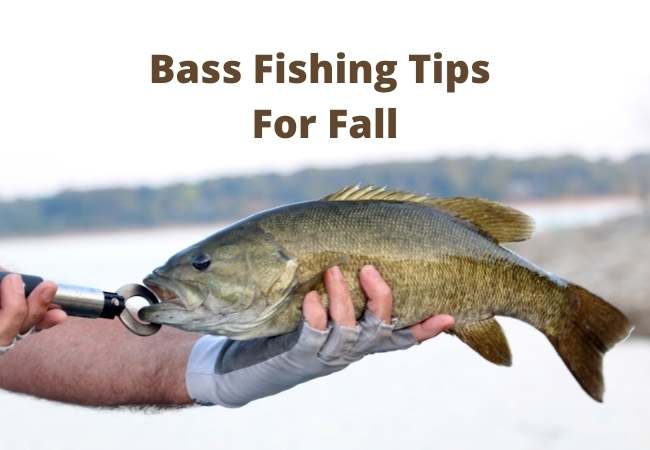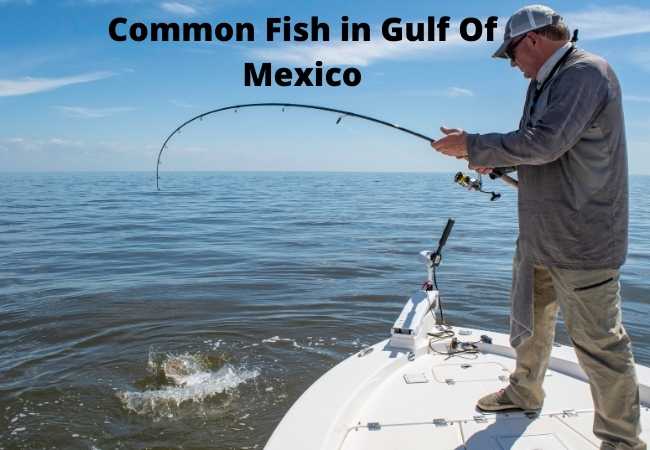Complete guide on freshwater fishing rigs that will help you enjoy your fishing trips. Getting your rig set up right can be affected by the anglers’ tying experience.
Freshwater Fishing Rigs
There are many types of rigs that you can use as an angler. It all depends on several factors including, the type of fish you want to catch and the equipment you are using.
It is also affected by the prevailing weather conditions as well as where you are going fishing, a lake, river, pond, dam, or ocean.
Simple Rig
A simple rig is the starting point for most anglers. It’s cheap and very easy to tie and you can probably catch your first fish with it!
The simplest way to attach a hook is to thread the line through the eyelet of the hook and then double back on itself, pulling enough line into a palm-sized section.
Wind the tag end around the rest of the line several times and finish by securing it with a whipping knot A plastic clothes peg comes in handy to secure it while you make your whip.
That’s great for worms, maggots, and small baits, but won’t grip larger baits, such as ragworms or lugworms, unless it is measured out on the bend of the hook.
Running Rig
The next step up is a running rig, where you tie a sliding loop at one end of your line and attach this to the swivel at the other end. Which should have some length of strong nylon or cotton between itself and hook, so that it can freely slide and swivel.
Mullet Rig
An Uptide (mullet) rig is a simple running rig that will hold larger baits, such as mackerel strips or whole pilchards. You need a minimum of two swivels: one to tie the loop in your line, the other to join the nylon/cotton section to the hook and your bait.
The first swivel should be about 4-8in (10-20cm) from the hook; the second, around 12-24in (30-60cm) from that.
The best way to attach a bait is to thread it through the eyelet of the hook and then cut off any excess with a pair of sharp scissors.
When a fish bites down on the bait, it straightens the hook in its mouth and most cases won’t have the strength to set itself free.
The only time you need to strike is when it makes off with your offering, so unless you’re after big fish, let them eat the whole bait – it’s the only way to be sure.
At least one running rig should be in your box at all times, as you never know when a fish might bite, and taking the time to prepare a proper trace is not always an option.
One word of warning: tackle shops buy their swivels by weight, so unless you tie your own, you could find yourself with a hook and no trace!
Ledger Rig
The next step up is the ledger rig which is also called a ‘hair loop’. It’s rigged similarly to an uptide, but without the free-sliding swivel in between the hook and nylon/cotton trace – just a short length of line that joins them together.
Ledger rigs are best for when you’re float-fishing in seawater – the swivel will corrode if it’s left exposed to saltwater.
Many anglers prefer to have their bait or lure close to the lure, so they use a hair rig (also known as a hair loop).
This is nothing more than a loop of line tied in the middle of your trace, which allows you to add on spinnerbaits (for spinning lures), spoon lures, and even lightweight “wigglers”. You can also add more swivels if necessary – for example, when rig fishing with several hooks.
Types of Ledger Rigs:
The most common is simply a length of strong mono (nylon-coated fishing line) with a swivel at one end and the hook at the other.
A closer version replaces the swivel with a snap mechanism – on some it may be necessary to push the hook through one of the eyes, but on others, it is simply a case of opening the snap.
The free-swinging version does away with both swivel and snap in favor of a bobbin, which hooks onto your line to stop your bait from swinging about. This type is used when fishing for salmon or trout in rivers.
Typically, a hook trace is of at least 3ft (1m) in length, of which 1-2ft (30-60cm) will be made up of the mainline and the rest looped through a swivel to form a running rig.
For ledgering on a riverbank or sea bottom, however, you’ll probably need at least 8ft (2.5m) of line to make sure the hook has enough room to swing freely.
The ‘no-snag ledger rig is ideally used when fishing in snaggy conditions – on a snaggy river bank or over a snaggy sea bed. It consists of a short length of nylon, which is looped at one end and has a swivel (with hook) attached to the other. You then tie your mainline onto this swivel – thus the no-snag element!
Worming Rig
A worming rig is simple to make and costs next to nothing. If you’ve got some old hooks lying about that don’t have traces, they can be put to good use.
This rig is ideal for worming on rivers and reservoirs – although it will do the job in seawater too. It’s simply a length of nylon with a knot tied at one end and anyone size of the hook from 13-22 tied on the other. You then add a swivel and a suitable length of nylon for your depth below the knot.
Waggler Rig
A waggler rig is very similar to a ledger rig, but instead of dangling vertically under the weight, it falls in a horizontal line – great when there’s little current or tide running in your favor. The bait can be baited on the hook and simply slid onto the nylon or cotton trace.
An uptide hook has a short shank and long straight-pointed barbed point – useful for catching fish that swim up to your bait as it is lowered down to them. It can be fished on its own or in conjunction with a ledger rig (using both is called a double-hander).
The method of setting up an uptide is the same as for a ledger rig. The only difference is that you need to tie your mainline onto your swivel, so it’s separate from the uptide bait trace.
This type of hook works best when fishing free-running baits in deep water, but it’s also used on rivers to hook the fish in the corner of the mouth when they try to steal your bait.
A bottom bait is either hooked onto a wire trace (known as a hair rig) or is simply threaded onto a nylon/cotton fishing line (making up your own trace by tying knots in the line).
It’s used for catching bottom-dwelling fish such as pike, zander, and catfish – although it is also perfect for catching roach and bream.
Freshwater Fishing Rigs Guide
Tying your rig properly will help you catch some fish. If you are interested in trying a particular type of rig and don’t get it right the first time, be patient.
Hope you found some helpful information in this post on freshwater fishing rigs that you can use in your next fishing trip. Don’t forget to follow me on Fishbasics Pinterest for more fishing posts.









